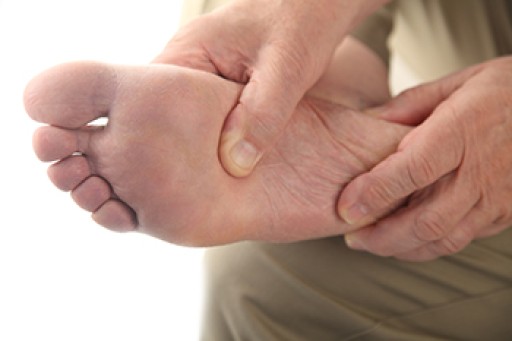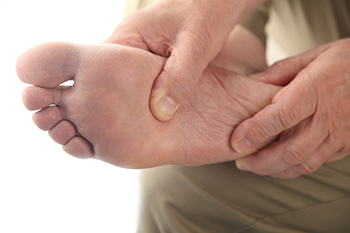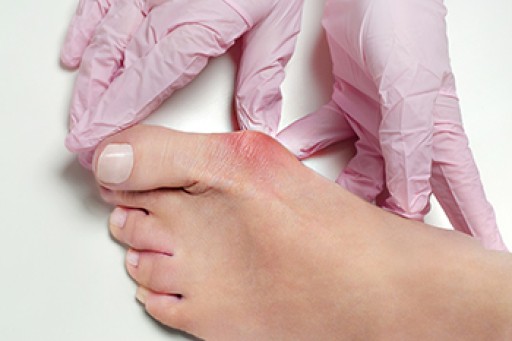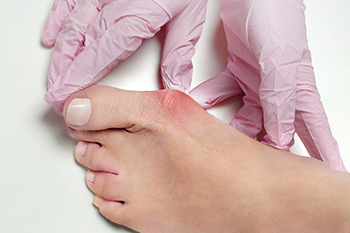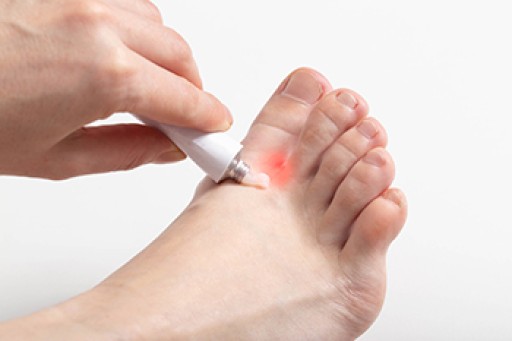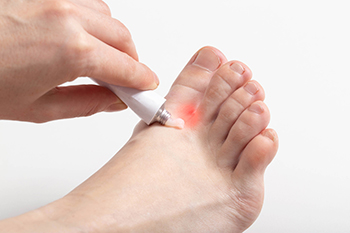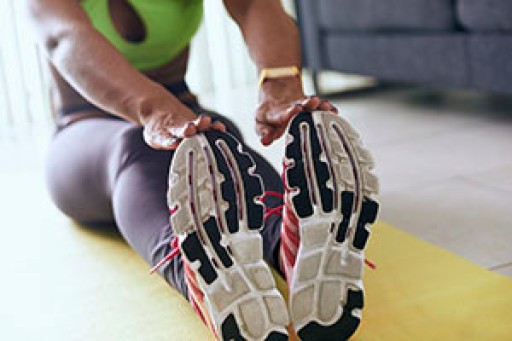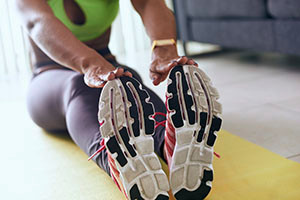
Many people have professions that require standing for the majority of the day. This can wreak havoc on the feet and foot pain is often felt at the end of the day. The feet can become sore and swollen, and it is common to experience general muscle fatigue. It is beneficial to wear shoes that fit properly and are also comfortable. It may help to stand on a stress mat as well. It is suggested to elevate the feet as often as possible during a break or while having lunch, and this can help to reduce strain on the joints, ligaments, and muscles. Additionally, when positions are shifted while standing, it may give one side of the body a chance to momentarily rest. Research has shown that work productivity is increased when the feet do not hurt and the overall body is more energetic. If you would like more information about how to work efficiently while standing, please ask a podiatrist who can address concerns and answer any questions you may have.
While working on the feet, it is important to take the proper care of them. For more information about working on your feet, contact Cary Golub, DPM from New York. Our doctor will treat your foot and ankle needs.
Working on Your Feet
Standing on your feet for long periods of time can cause stress and pain in your feet. Your whole body may experience change in terms of posture, back pain, bunions, callouses and or plantar warts. There are ways to avoid these conditions with proper foot care, smart choices and correct posture.
Positive Changes
Negative heeled shoe – Choosing this shoe type places the heel slightly lower than the ball of the foot. These are great for overall foot health. Find shoes that fit you correctly.
Go barefoot – Our feet were not designed to be enclosed for all hours of the day. Try to periodically expose your feet to air.
Eliminate Pain
Foot Exercises – Performing simple exercises, incorporating yoga and doing stretches are beneficial. This will allow increased blood flow to the area and muscles of the foot.
Achilles tendon – Stretching the foot out flat on the floor will relax the calf muscles and tendon. These exercises can be performed almost anywhere. Make sure you add these exercises to your daily regimen.
With a little bit of this information and knowing more about foot health, you will notice changes. Foot stretches and proper footwear will help with pain and prevent further issues.
If you have any questions please feel free to contact our offices located in Williston Park, and Long Beach, NY . We offer the newest diagnostic and treatment technologies for all your foot and ankle needs.



